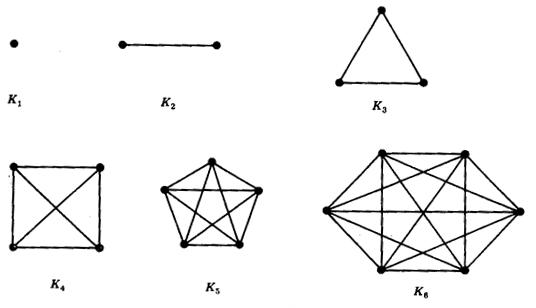There's a bit of a review of last week's testing material, including another on-line testing tool (which we used to check our breast cancer numbers).
- Invention was the early favorite. There were comments relating numbers to counting, which seems like a human invention (does nature need to count?).
- There were comments about six being "three + three"; and
- One student mentioned that other creatures are actually able to count (even insects!). So if it were just down to counting, why it's clear that it's not just humans who invented that.
- I suggested that I favored discovery, since nature knows that in CO2, for example, a carbon knows that it needs two oxygens (not one or three); I also mentioned that the sun "knows" how many planets it has in its orbit, but a student countered that humans invented the notion of planet (by comparison with other satellites), so that's a bad example. I agree!
- The penguins each put in one order -- six penguins, each a
fish. One way to proceed would be to give each penguin a plate,
and have each one report to the kitchen, and receive their
fish.
Six fish would go out the door
- We talked about the blocking. What if all the penguins had said
"fish" at once? We'd have no idea how many fish to fix. But we
heard "fish, fish, fish"; and then the other three penguins say
(off camera) "fish, fish, fish".
In fact it was the blocking mismatch that allowed Humphrey to know that his friend didn't get the order right; she said
"fish, fish, fish fish, fish"
and that didn't match with the sound in Humphrey's head... with the six fish in his head. - But I'd say that the explicit example of one-to-oneness occurred
at minute
1:20, when the counting occurred, and each fish was matched
with a counting number, from 1 to 6.
Since we ended on 6, we know that 6 fish (and only 6 fish) are necessary.
So we talked about using complete graphs to represent numbers. Here are the counting numbers from 1 to 6:

If we think of counting numbers that way, we can see that "two" ($K_2$) contains two copies of "one" ($K_1$); "three" ($K_3$) contains three copies of "two"; etc.
There are six copies of "one" within "six" ($K_6$).
Except that now we need to know what three is (two plus one), and then what two is (one plus one), so we're going to say that
NOT very satisfying!:)
But interesting question for future discussion: how many edges does each complete graph have? How does the number of edges increase as the number $n$ in $K_n$ increases?